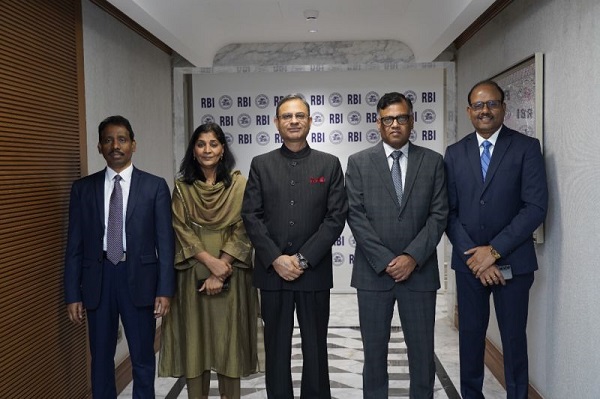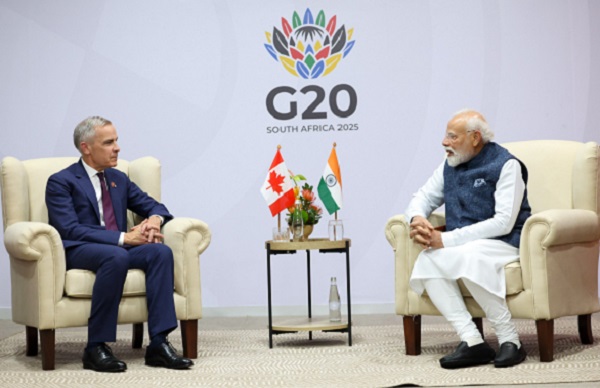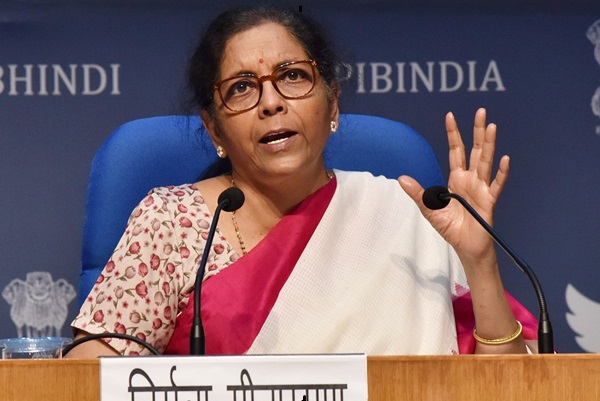.png)
July 25, 2025 at 4:11 AM IST
Infosys Ltd. reported a 9% year-on-year rise in consolidated net profit to ₹69.2 billion for the April–June quarter, though profit fell nearly 2% sequentially, marking the first quarterly decline in a year. Revenue rose just over 3% on quarter and nearly 8% on year to ₹422.8 billion, as continued weakness in North America dampened overall growth.
In constant currency terms, revenue grew 2.6% sequentially and 3.8% on year.
Among business segments, financial services remained the largest contributor at 28%, growing 5.6% in constant currency. Manufacturing rose 12.2%, contributing just over 16% of total revenue. The energy, utilities, resources, and services vertical grew 6.4% and accounted for nearly 14%. Retail was flat, communications rose 4%, and life sciences contracted nearly 8%.
Geographically, North America’s share fell to 56.5% from 58.9% a year ago, as client caution and tariff-related uncertainties persisted. Revenue from the region was flat on year. In contrast, Europe revenue grew 12.3%, increasing its contribution to 31.5% from 28.4%. Revenue from India declined 1%, while other regions remained flat.
Infosys maintained its 2025–26 revenue growth guidance at 1–3% in constant currency, and reiterated its operating margin forecast of 20–22%.
The June quarter operating margin stood at 20.8%, down 20 basis points sequentially and 30 bps on year. Free cash flow fell 18% on year to ₹75.3 billion ($884 million), but conversion remained strong at 108.8% of net profit.
Large deal wins rose to $3.8 billion, with 55% classified as net new, up from $2.6 billion in the previous quarter.
Employee expenses remained the company’s largest cost, rising 4% sequentially and over 9% on year to ₹228.5 billion—marking multi-quarter highs. Headcount rose to 323,788 from 315,332 a year ago. Attrition in IT services ticked up to 14.4% from 14.1%.
Employee utilisation, including trainees, stood at 82.7%, down from 84% a year ago. Excluding trainees, utilisation was largely steady at 85.2%.



